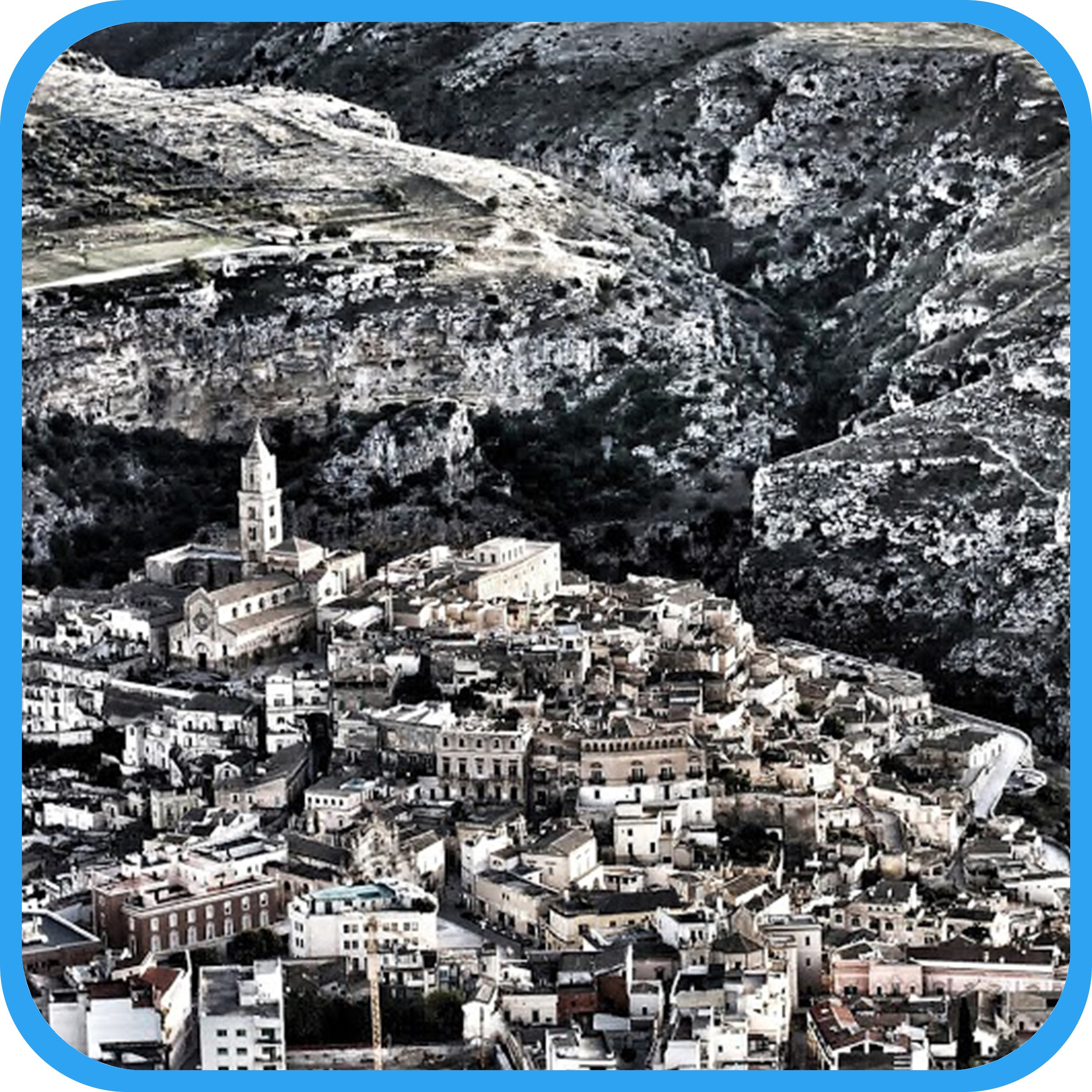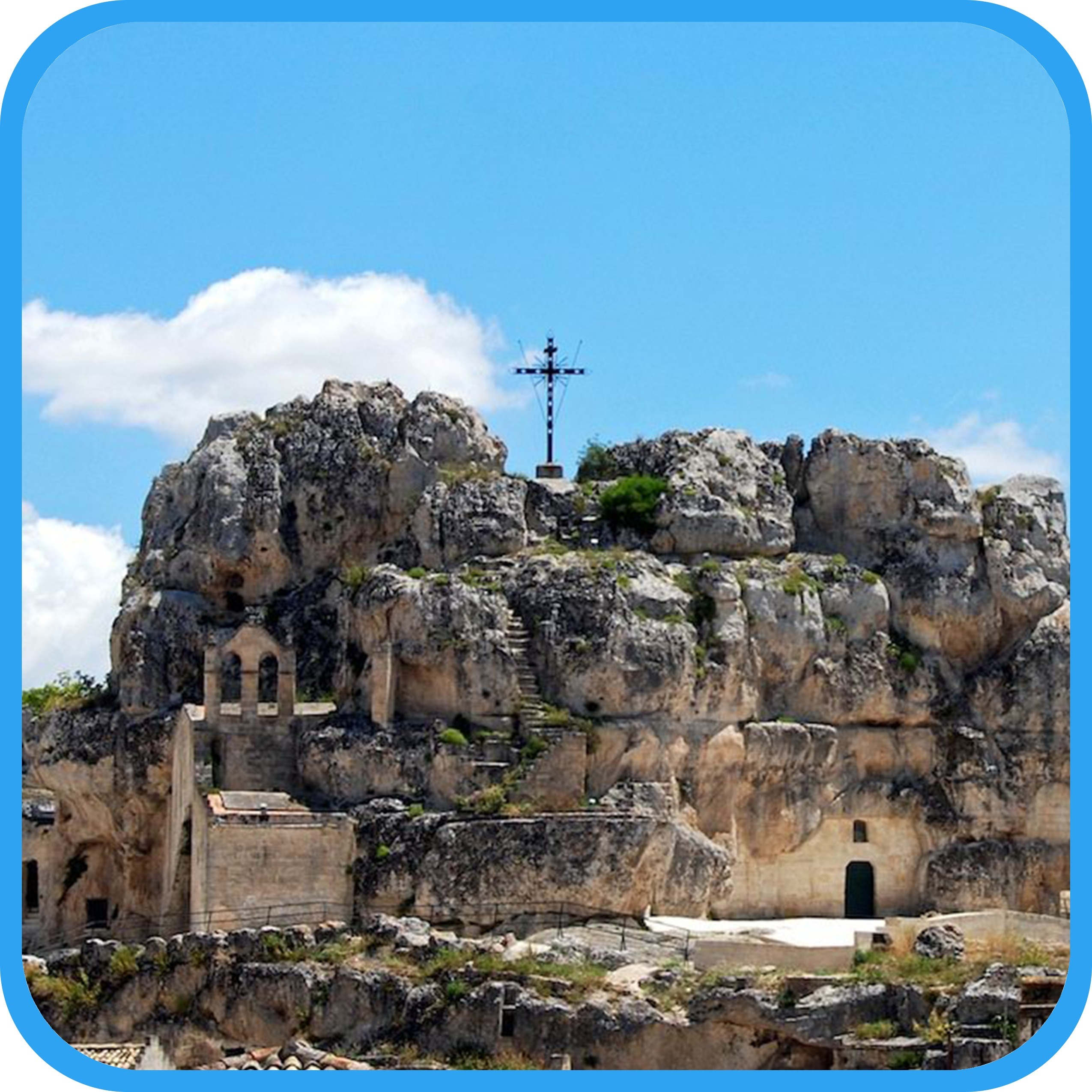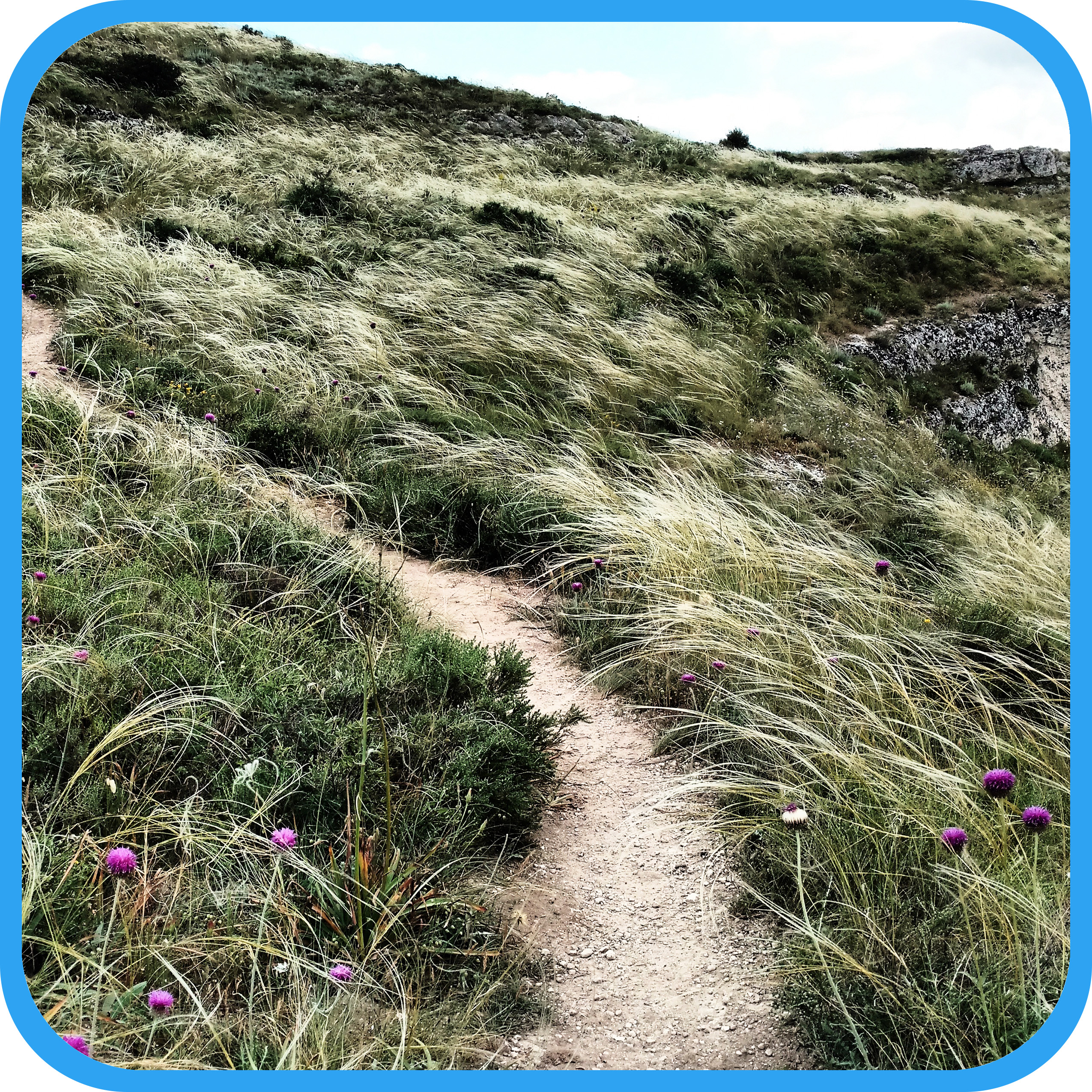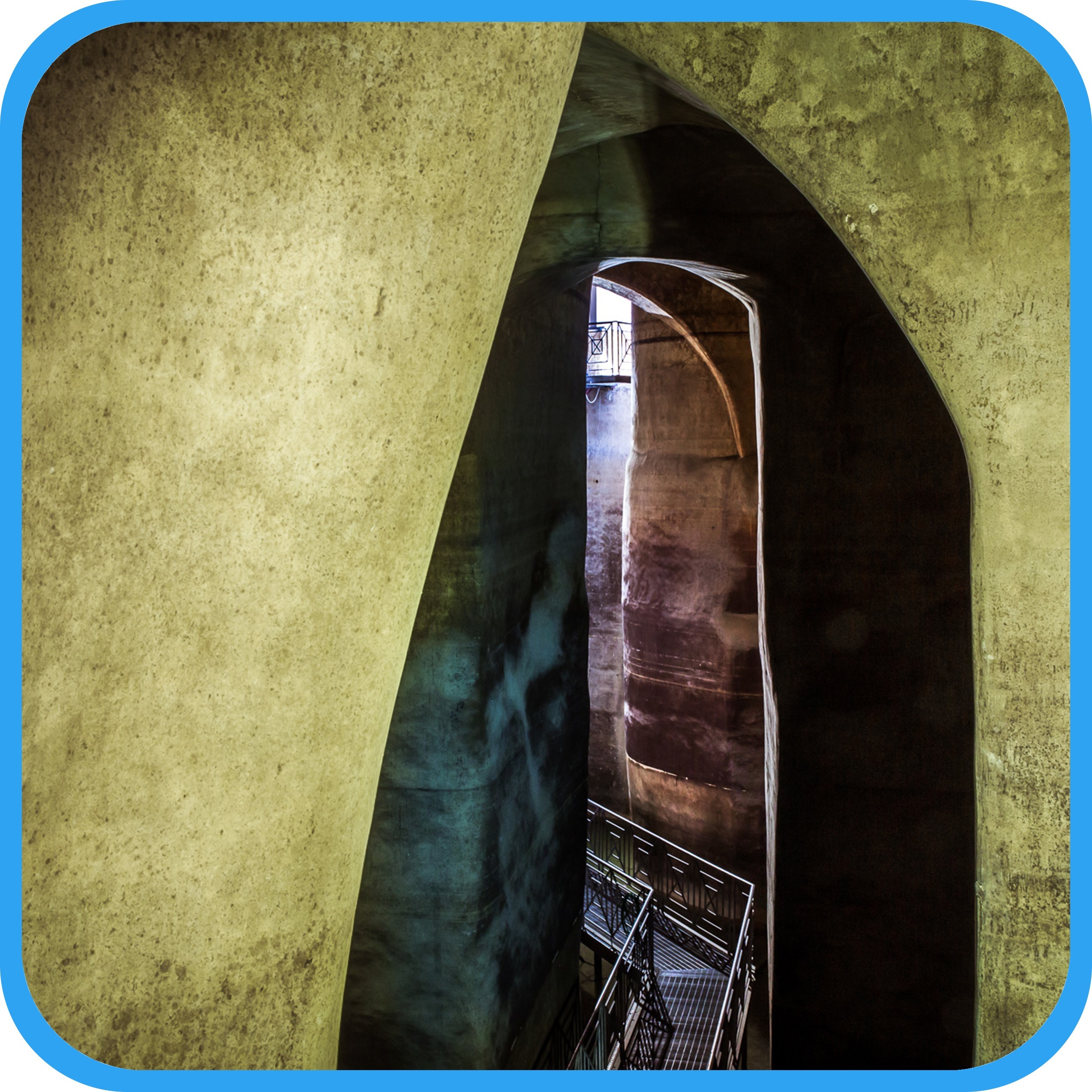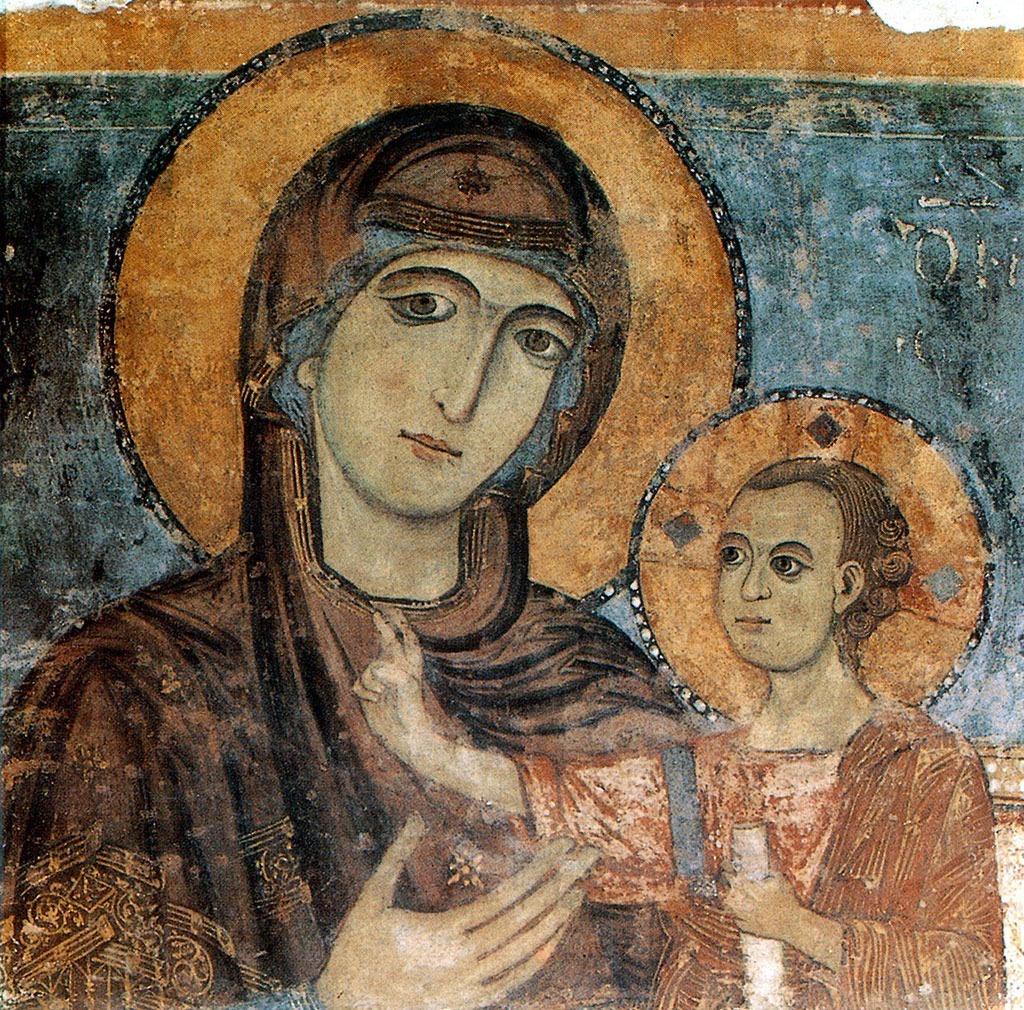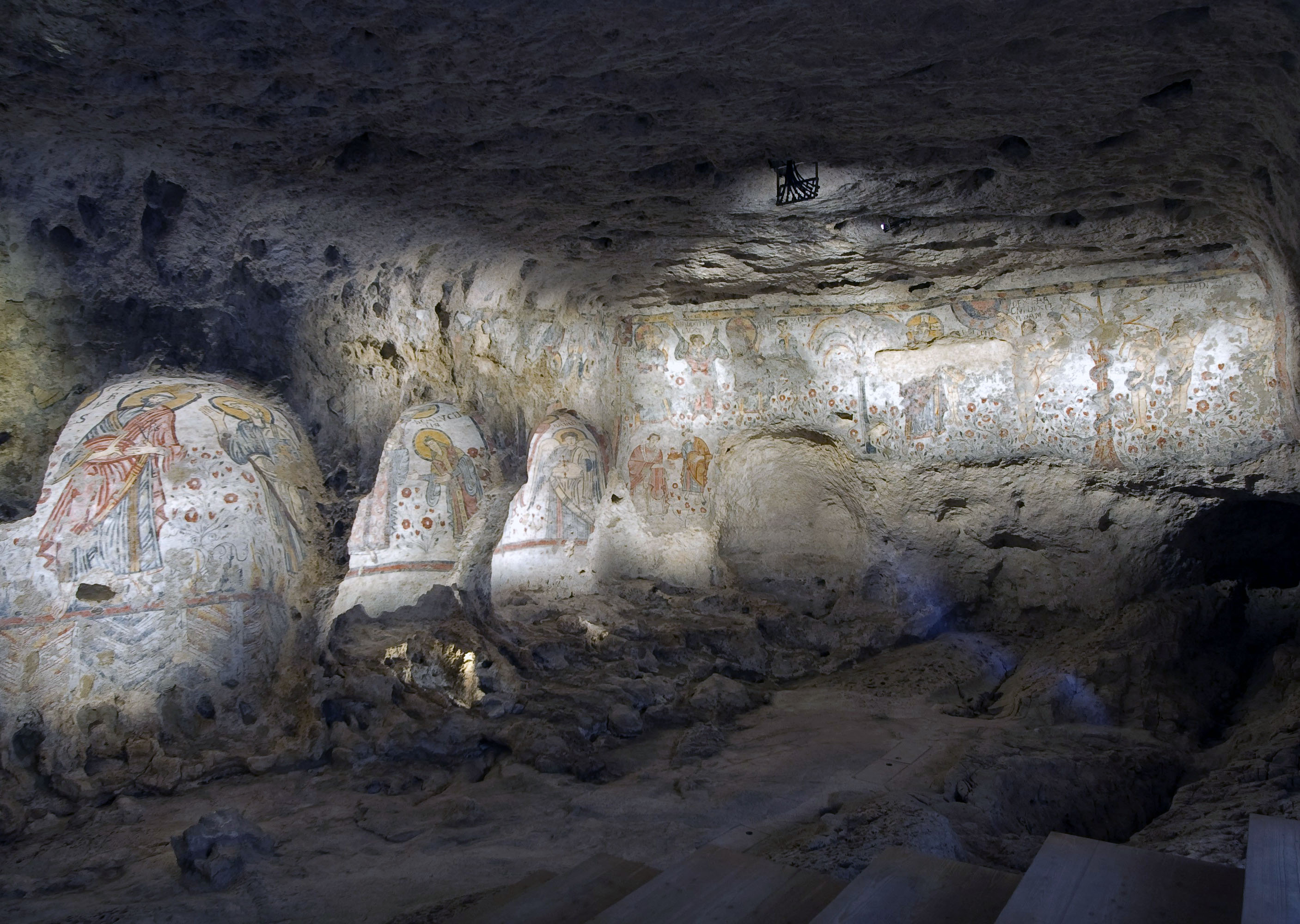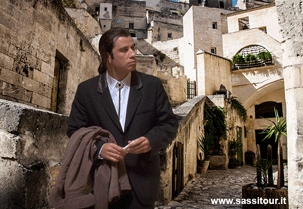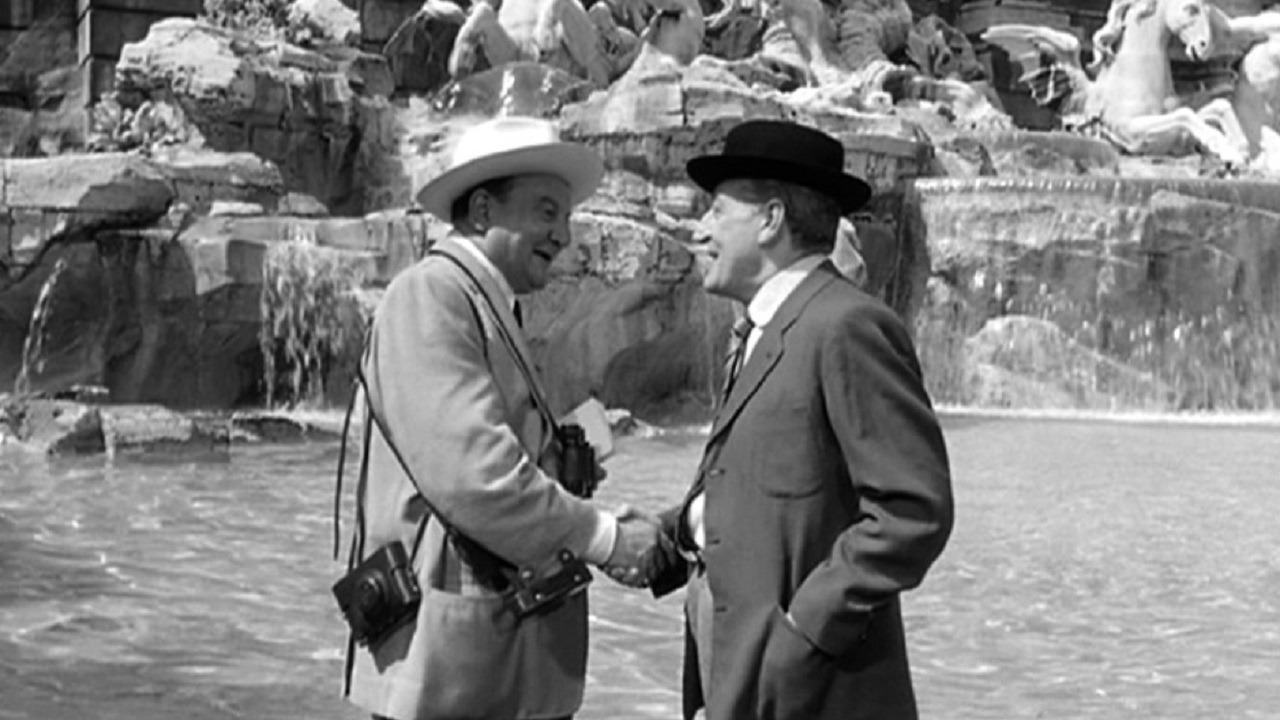What to see in Matera: a short guide, made by a tour guide
Visiting Matera means exploring a long-unknown reality, ready to reveal wonder and knowledge to those who want to undertake this journey. Although not comparable to metropolises like Rome and Naples in terms of heritage, this undertaking still requires its own long times. After all, the best way to appreciate the city is to abandon yourself to its slow and relaxed rhythms, letting yourself be lulled by its maternal landscape (to paraphrase the master Kenjiro Azuma). For those who cannot afford (alas) to let themselves go to the stony rhythm of my city, therefore, I will try to summarize an answer to the fateful question of every visitor: what to see in Matera?
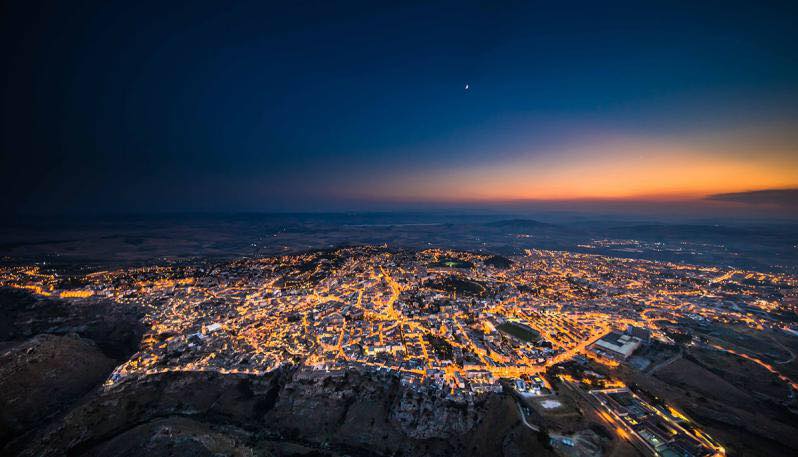
THE SASSI
Call me Mr. Lapalisse! Ok, probably 99.99% of those who intend to visit Matera do so with the aim of visiting the “Sassi di Matera”. Yet, a significant percentage of them do not have a clear idea of what they are talking about. Well, the Sassi di Matera are the main neighborhoods that, together with Civita and Piano, make up the historic center of the Murgia city. In particular, the Sassi occupy two valleys (or “lame”) located on the right bank of the Gravina di Matera, a deeper gorge that cuts into the Murgia plateau.
You can distinguish the Sasso Barisano, to the West, and the Caveoso to the South (hence the plural “Sassi”). Dividing them is the Civita hill, the heart of the ancient city. Their location along the walls of hills and valleys offers a myriad of glimpses and wide views, which enjoy both the interweaving and overlapping of buildings, caves, alleys and squares, and the very close union with the natural landscape of the Gravina and the Murgia above.
In 1993 they became the first, large UNESCO site in southern Italy. Needless to say, a walk among the Sassi is a must for every tourist or traveler.
“The city and the park [of the rock churches] constitute an exceptional example of architectural and landscape fabric, illustrating numerous significant stages in the history of man.” – UNESCO World Heritage List, Criterion IV
MATERA MURGIA PARK
The uniqueness of Matera is undoubtedly also guaranteed by its total union with the Murgia landscape, made spectacular by the presence of the Gravina di Matera. Rather than dividing the two elements, it however unites them perfectly, allowing the dense urban fabric of the Sassi to degrade and dissolve into the primordial and apparently intact one of the opposite Murgia materana.
Inhabited, like the city, since prehistoric times, the Park offers not only the magnificent view of the Sassi, but also the possibility of visiting very interesting archaeological sites such as the Neolithic villages of Murgia Timone and Murgecchia. In the southernmost valleys, medieval settlements are hidden, entirely made of rocks, such as the “Villaggio Saraceno” or that of the Madonna della Loe, surrounded by rock churches that are also isolated but decorated with magnificent frescoes. These sites are more complicated to reach and visit, being in remote or private places.
The more adventurous can however contact a local guide to explore them. All these attractions are immersed in the very varied ecosystem of the Murgia materana, which ranges from the barren garrigue scented with thyme and savory to the thick oak forests.
CHURCHES AND MONUMENTS
There are two golden centuries that have left the strongest impact on the city: the 13th – in particular the Frederick period, and the 18th. During the 13th century, several magnificent churches were built by monastic orders and the diocese. If those of S. Pietro Caveoso and S. Francesco d’Assisi retain very few traces, well hidden, of their medieval nature, San Domenico still shows its original façade dominated by the 13th-century rose window. S. Giovanni Battista, although profoundly distorted over the centuries, still appears fully Gothic both on the outside and, unusually, on the inside.
The beautiful Cathedral dedicated to the two patron saints, the Madonna della Bruna and S. Eustachio, deserves a separate mention. Built in the 13th century, it has undergone several renovations, while still allowing all the decorative stratifications that covered its interior to shine through, even if fortuitously: from the Byzantine frescoes to the late Baroque and Rococo golden stuccos, from the Gothic colonnade to the Renaissance chapels.
Instead, a good part of the other churches and palaces, or rather their decorative apparatus visible today, belong to the Late Baroque period. Palazzo Lanfranchi, the Purgatorio Nuovo, the Palazzo dell’Annunziata and the noble buildings (already from the 16th century, like the Palazzo del Sedile) appear as a synthesis of the Neapolitan and Apulian Baroque traditions, without neglecting exquisitely local solutions, the result of the adaptation to the peculiar nature of the city.
CHURCHES AND RUPESTRIAN SITES
Matera, however, is known above all for its rupestrian character. Therefore, when choosing what to see in Matera, one cannot ignore the various environments dug into the rock and used, over the centuries, for the most disparate functions.
Naturally, the most famous underground sites are the famous rock churches, where the ancestral charm of the bare rock is combined with the splendor of the frescoes. They are located both in the city and in the surrounding area and in particular in the Murgia Materana Park, also known as the “Park of the Rock Churches”.
The character so markedly brought to the excavation of the architecture of Matera has led to the construction of over 150 churches dug into the rock bank. Among the most beautiful and interesting in the city are: Madonna delle Virtù / San Nicola dei Greci, S. Maria de Idris / S. Giovanni in Monterrone, Santa Lucia alle Malve, S. Barbara, the churches of the Convicinio di S. Antonio. In the Park area, however, the most important churches can only be visited if accompanied by an authorised guide: not to be missed are Madonna delle Tre Porte and S. Falcione, located along the panoramic path of Murgia Timone, and the nearby Madonna delle Croci. For the more adventurous, S. Eustachio, S. Nicola all’Ofra, Madonna della Loe and that of Giglio are just some (among the most beautiful) of the many small churches that dot the ravines and valleys, and which require an expert guide and a dedicated tour.
As for the very famous “Crypt of Original Sin“, it is located along the Gravina di Picciano, outside the boundaries of the Park. Certainly among the most fascinating sites in the Matera area, it is the oldest rock church identified to date, and displays a decorative apparatus that is more unique than rare. Even in this case, a minimum of planning is required: the visit to the site is only possible by booking online.
In addition to the churches, the city offers a significant number of rock sites, without which it is difficult to grasp the very soul of the city of Matera. Thanks to them, it was possible for the Matera community to survive and prosper for so long in this magnificent territory. In some of them it is possible to grasp the constant evolution of the spaces, the result of the adaptation not only to the Murgia territory, but also and above all to the socio-economic conditions of the broader context in which it is inserted.
Among the most interesting sites, from this point of view, without a doubt the Ipogei di San Giorgio, in the Sasso Barisano (for these too it is necessary to be accompanied by an authorized guide). To better understand the water collection system, another essential element of the Matera settlement, the Palombaro Lungo, the largest public cistern in the city, located under the main square, is worth a visit. But the adaptation of the people of Matera to current events and the global economy continues even today: you can experience it not only by staying or eating in the new and often beautiful accommodation facilities in the historic center, but also by visiting a magnificent “cultural container” such as Casa Cava, once a tuff quarry, landfill and cave house and today a magnificent underground auditorium with 140 seats.
